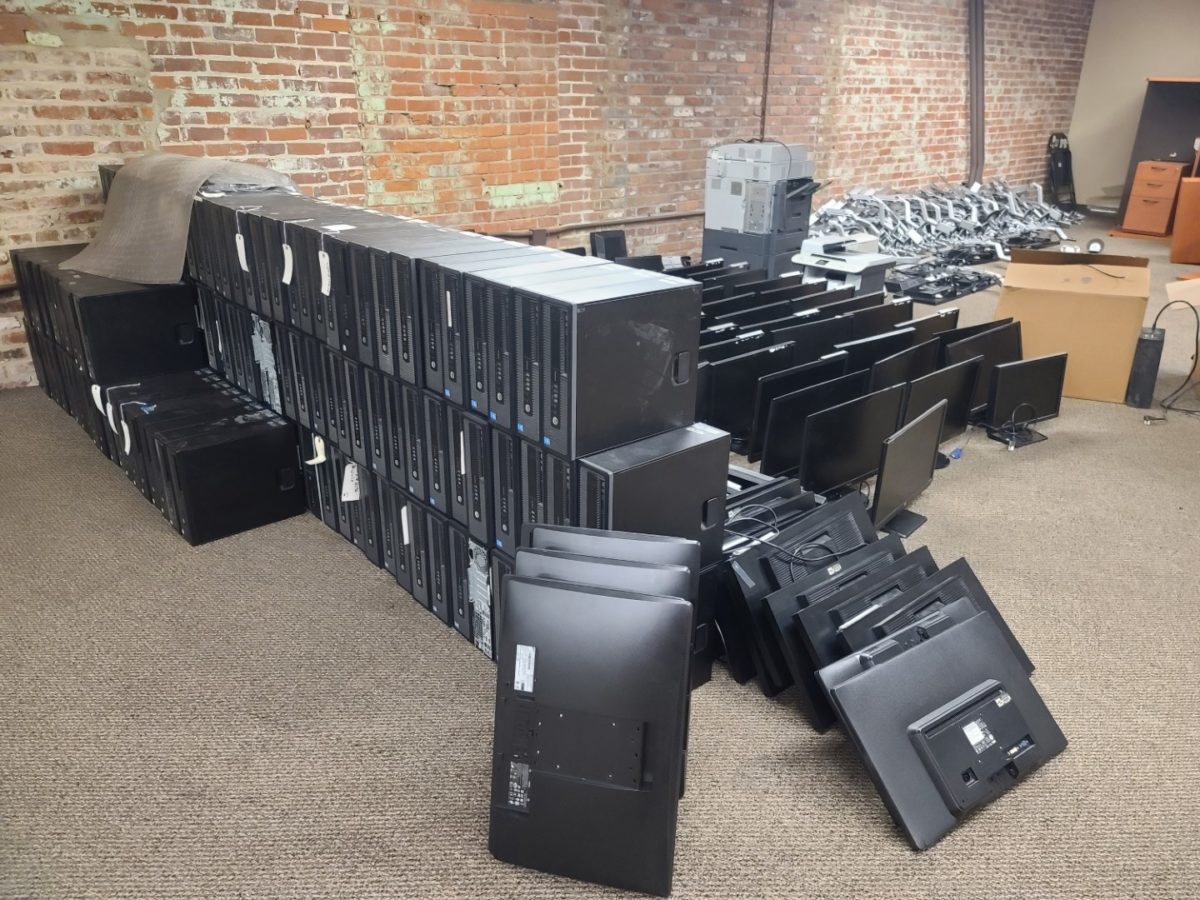Sustainability: Why You Must Be Careful With E-waste Disposal

Drought is a major problem in Europe. Every summer, thousands of farmers across the continent are forced to watch their crops wither and die due to lack of rainfall. Climate change is making drought more common and more severe. Scientists say that Europe can expect more droughts in the future as the planet warms.
The impact of drought is felt far beyond the farm gate. When crops fail, food prices go up, which hits the poorest families the hardest. Drought can also lead to wildfires, which destroy homes and lives.
Climate change is one of the most significant challenges facing the world today. We can do several things to combat climate change, and we all must take action to help reduce its impact. Individuals can make a difference by reducing their carbon footprint, for example, by driving less, using less energy at home, and recycling more. The more significant concern is what to do with e-waste.
The Environment Impact of E-Waste Disposal
E-waste is a growing problem in the world. Every year, we produce more and more electronic devices, and every year, more and more of them end up in landfill. The environmental impact of electronic waste disposal is significant.
Electronic waste contains toxic chemicals that can leach into the ground and contaminate our water supply. And when we incinerate this garbage, we release harmful chemicals into the atmosphere. The good news is that there are ways to reduce the environmental impact of electronic waste disposal. We can recycle our electronic devices and ensure they are disposed of properly.
The Effects of E-Waste Plastic
The problem of electronic waste plastic is becoming increasingly prevalent as the volume of electronic waste continues to grow. This waste consists of computers, televisions, phones, and other electronic devices containing plastic.
The disposal of e-waste plastic poses several environmental concerns:
- When this plastic is incinerated, it releases harmful chemicals into the atmosphere.
- If disposed of in landfills, it can leach chemicals into the soil and groundwater.
- Recycling electronic waste plastic is often done in an unsafe and environmentally damaging manner.
The best way to reduce the environmental impact of electronic waste plastic is to prevent it from being generated in the first place. It can be done by extending the life of electronic devices and by recycling them properly when they are no longer needed.
The Effects of E-Waste Metal
The electronic waste stream is growing at an alarming rate. In 2016, the United States generated nearly 6.9 million tons of electronic waste, and only about 35% of that was recycled. The remaining e-waste is either incinerated, landfilled, or exported (often to developing countries where it is dismantled in unsafe conditions).
E-waste contains a variety of toxic substances, including heavy metals like lead, cadmium, and mercury. When these substances are released into the environment, they can cause serious health problems for people and animals.
Lead is a neurotoxin that can damage the brain and nervous system. It is particularly harmful to young children and pregnant women. While cadmium is a carcinogen that can damage the liver, kidney, and bones. Mercury is a neurotoxin that can damage the brain and nervous system.
Conclusion
With the growing technology, waste generation is also increasing. We must reduce waste generation and segregate the waste at the source to cope with the situation.
We are at the precipice of humanity’s destruction, so we must lessen our carbon footprint. As a leader in electronic recycling in Atlanta, you can rely on Atlanta Green Recycling to help you. We offer sustainable and cost-effective solutions so our children can still enjoy this planet. So, contact us now for more details!